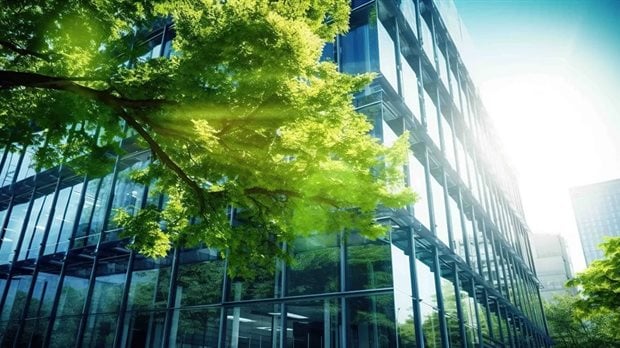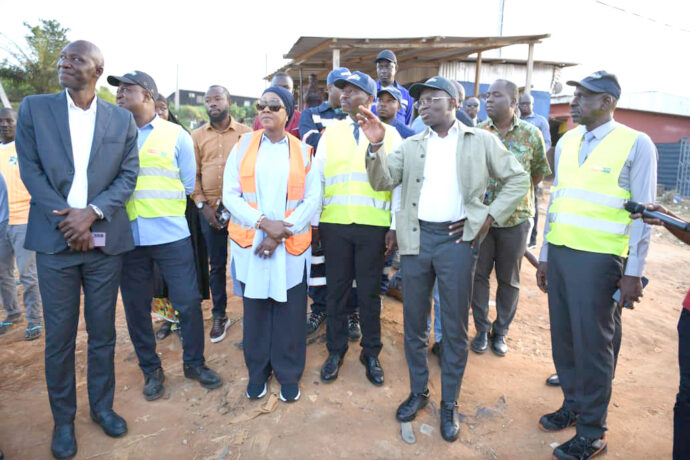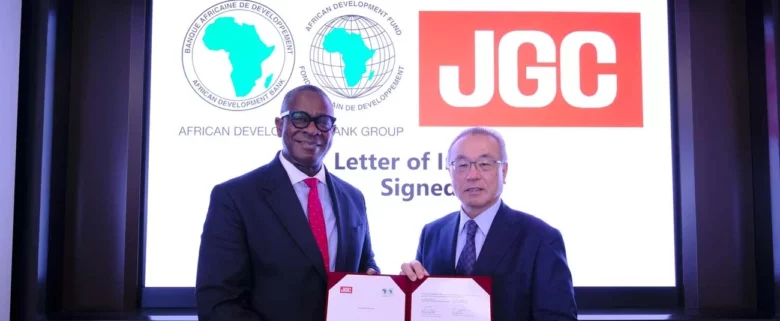
For many companies, sustainability is still too often reduced to installing solar panels. Yet, the real challenge lies in transforming the existing building stock. Energy retrofitting offers the most practical way to achieve optimal efficiency, meet new environmental standards, and ensure the long-term competitiveness of existing infrastructure.
For decades, building design largely ignored the need for energy savings: electricity was cheap and readily available, and resource conservation was not a priority. That era is over. Today, energy is a limited resource, and efficiency has become both an economic and environmental necessity.
Overcoming resistance: the return on investment is real
One major obstacle remains: the perception that modernization projects are too costly or unrealistic for older buildings. Although this idea is increasingly contradicted by facts, it still slows the adoption of renovation initiatives.
The reality is that energy upgrades generate a significant return on investment (ROI). They lead to reduced operating costs, a marked improvement in environmental performance, and greater comfort for occupants.
As the World Economic Forum (WEF) points out, renovation is essential to unlock the full energy-saving potential of the sector, since “75% of the buildings that will exist in 2050 are already built.”
The example of Schneider Electric’s English-speaking Africa regional headquarters in Midrand (Gauteng) is particularly telling. The building has achieved impressive sustainability gains:
- 37% reduction in monthly energy consumption
- 34% reduction in water usage
- 32 tonnes of CO₂ emissions avoided each month
Additionally, its 200 kWp rooftop solar installation eliminates around 15 more tonnes of CO₂ emissions per month.
The “Efficiency First” approach
Energy retrofitting goes far beyond lowering utility bills. It includes the integration of Building Management Systems (BMS), smart meters, and automated control tools. These technologies give facility managers real-time visibility into consumption and allow for proactive decision-making.
By adopting an “efficiency first” strategy, buildings can initially reduce their energy demand before adding renewable systems. This ensures that solar or other renewable installations are smaller, more efficient, and therefore more cost-effective.
Equating sustainability solely with solar panels often leads to oversized and unnecessarily expensive renewable systems that fail to maximize efficiency gains. The incremental improvement approach is already being embraced by leaders in retail and commercial real estate.
In one case, an initial wave of retrofits not only solved energy management issues but also opened the door to smarter controls — ensuring, for example, that lights are automatically turned off after overnight operations.
By reimagining its building stock through the lens of efficiency, South Africa has the opportunity to preserve its architectural heritage, dramatically reduce its environmental footprint, and create modern living and working spaces ready for the challenges of the future.



